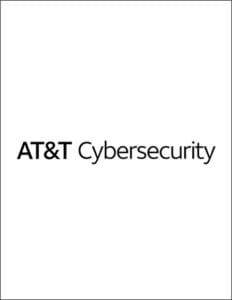How to manage access control with Zero Trust
From AT&T Cybersecurity
 A perspective from the AT&T Cybersecurity and the AT&T Chief Security Office (CSO) Alongside NIST CSF, Zero Trust (ZT) principals for information security have become one of the main cybersecurity frameworks organizations refer to when developing their security architecture. Access control has always been a part of ZT, however in 2019 Forrester formalized the requirement to “limit and strictly enforce access control” into a core, critical pillar of the framework — of equal importance to network security. Controlling and maintaining access to the business without disrupting operations has reached a new level of importance. Especially now that businesses are dealing with the needs of a sudden, remote workforce and increasingly embrace mobile, cloud, and edge computing.
A perspective from the AT&T Cybersecurity and the AT&T Chief Security Office (CSO) Alongside NIST CSF, Zero Trust (ZT) principals for information security have become one of the main cybersecurity frameworks organizations refer to when developing their security architecture. Access control has always been a part of ZT, however in 2019 Forrester formalized the requirement to “limit and strictly enforce access control” into a core, critical pillar of the framework — of equal importance to network security. Controlling and maintaining access to the business without disrupting operations has reached a new level of importance. Especially now that businesses are dealing with the needs of a sudden, remote workforce and increasingly embrace mobile, cloud, and edge computing.
Join us in a conversation with the AT&T Chief Security Office (CSO) as we discuss its current point of view on how to manage access control using ZT principals, including best practices. In this webinar, we’ll discuss:
- What steps you can take to help improve access control and move closer to a ZT environment
- Why network segmentation and virtualization are so important
- How to use automation and orchestration for managing and dynamically enforcing access
- Why you should define security policy by network components (versus IP addresses) and how to extend multi-factor authentication
